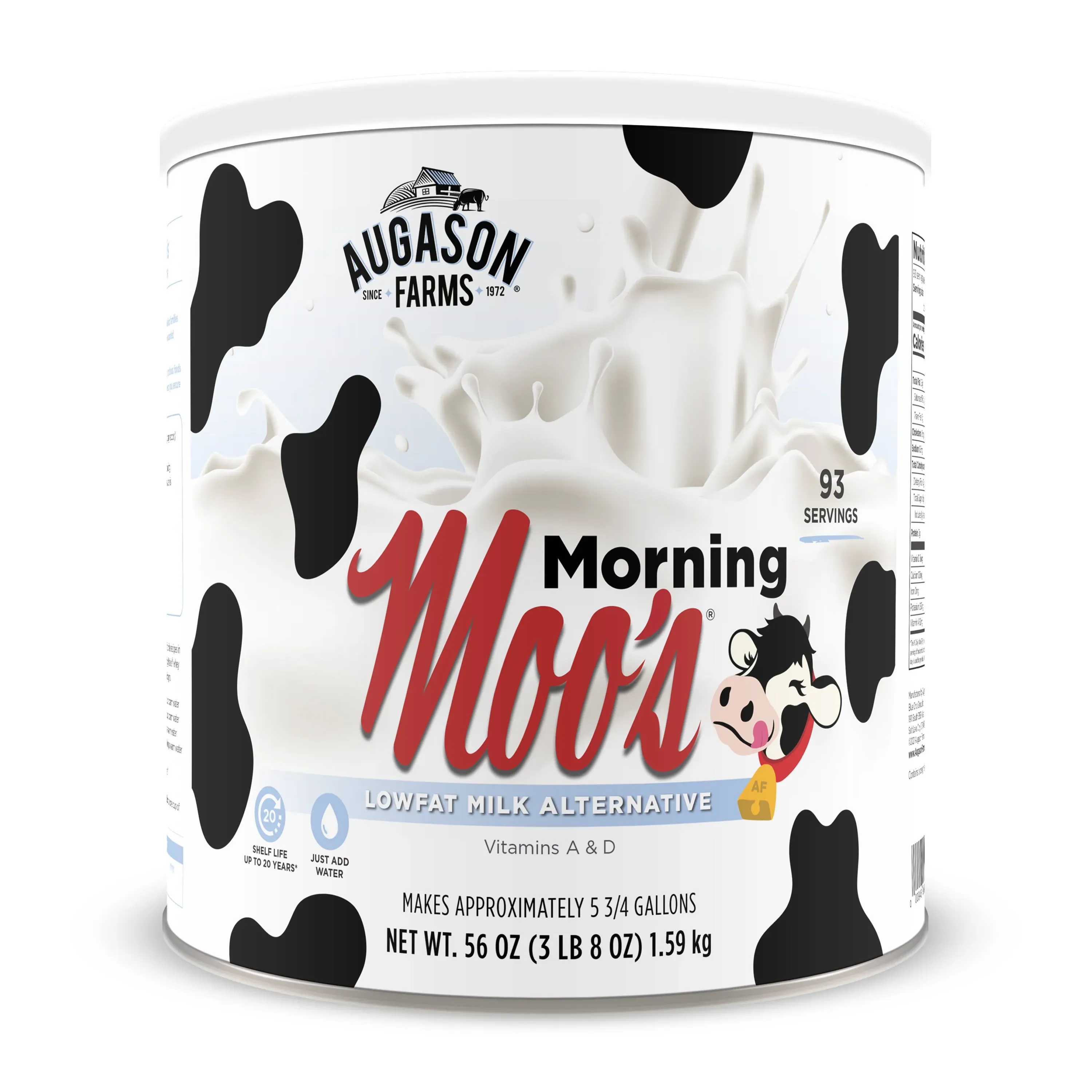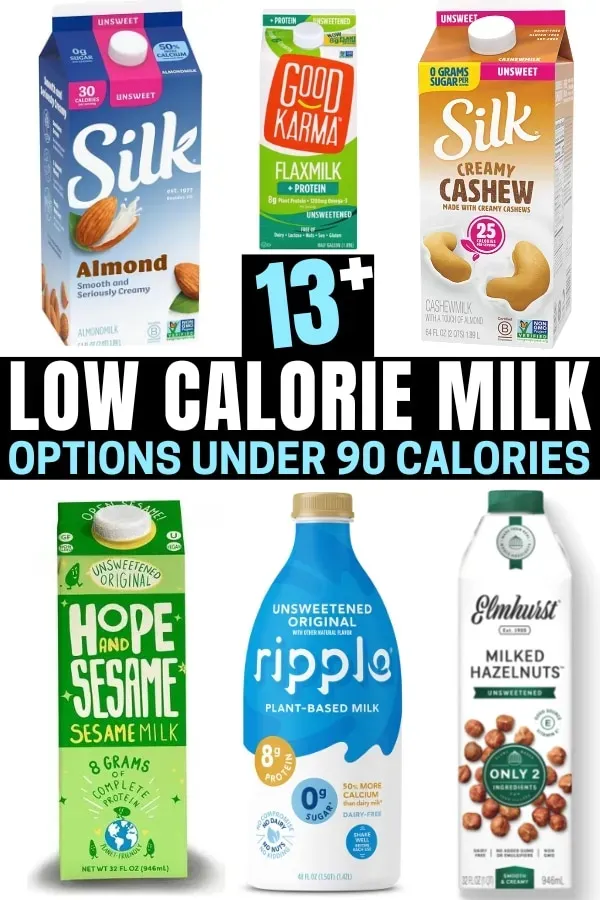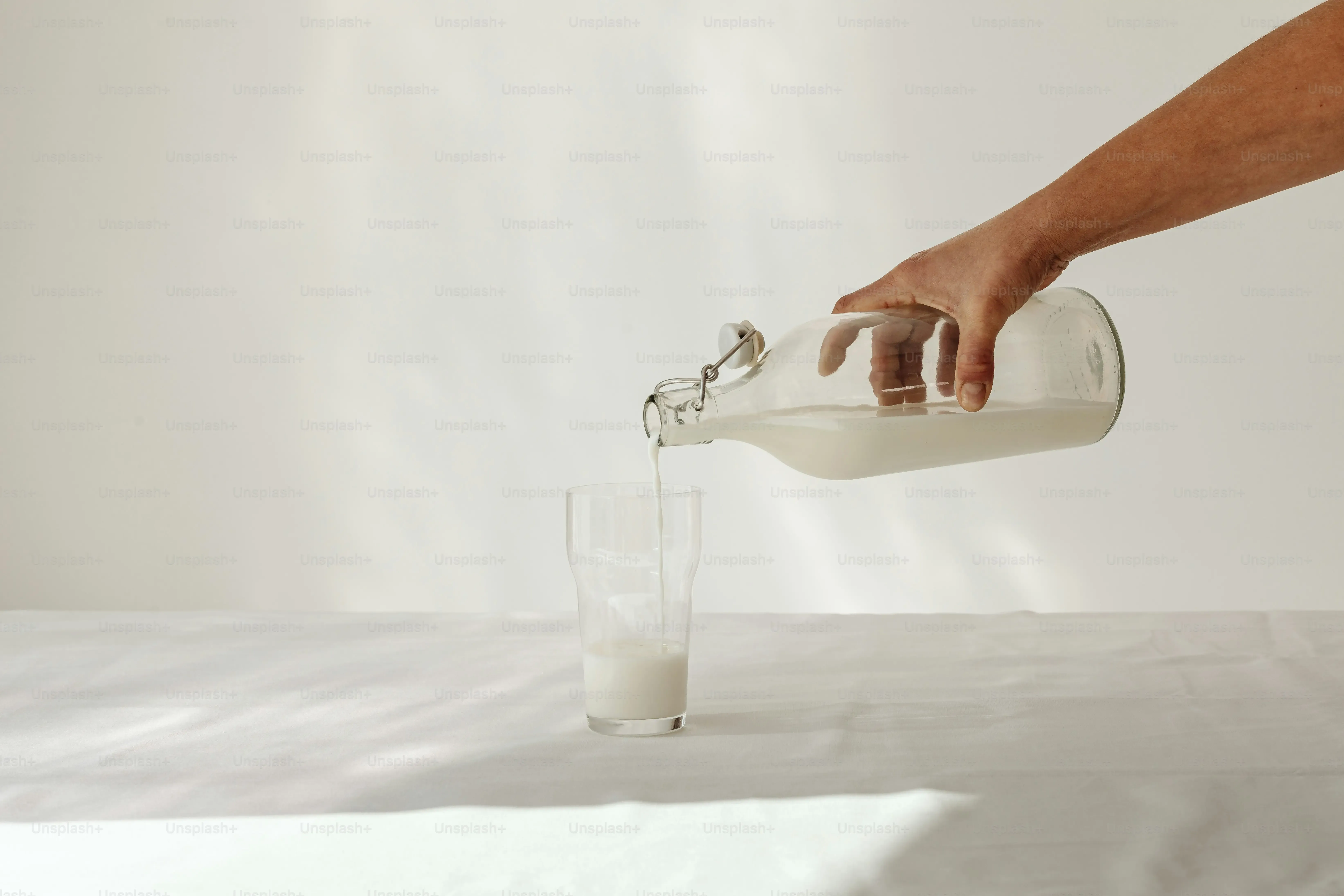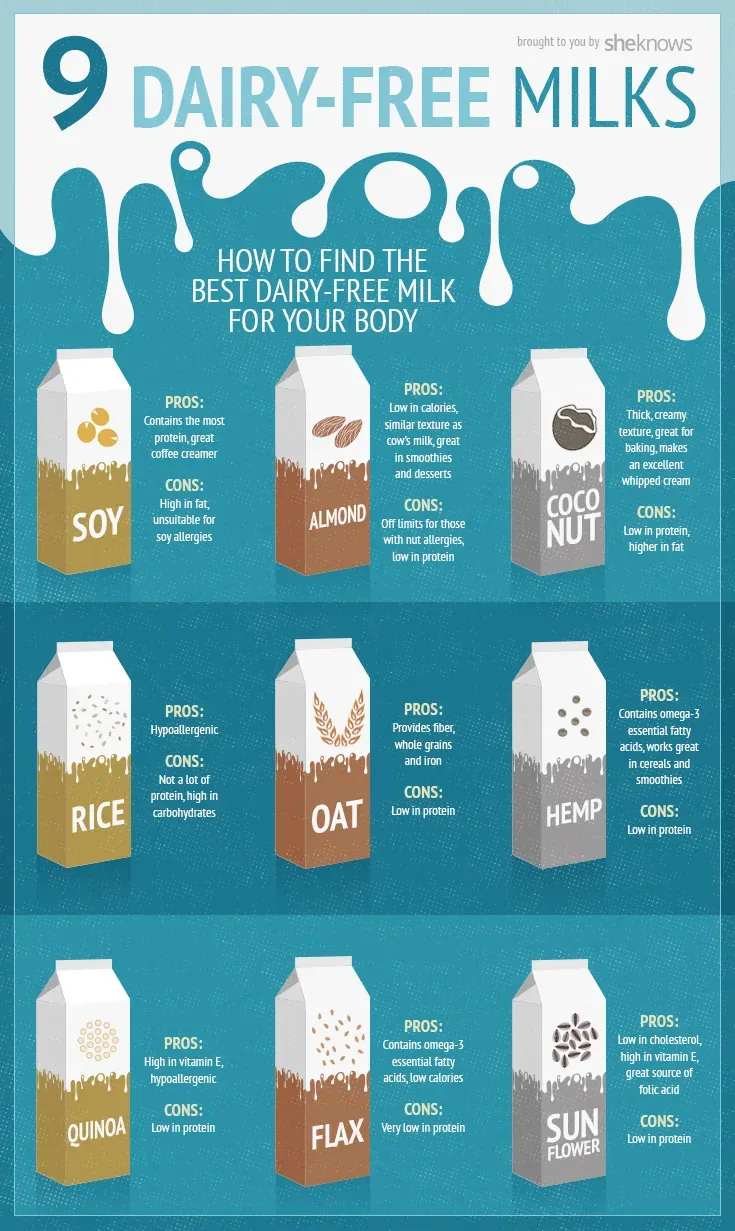Table of Contents
Walking down the dairy or dairy-alternative aisle these days feels less like a quick stop and more like navigating a global marketplace. So many cartons, so many choices. If you're watching your fat intake, whether for health reasons, dietary preferences, or just trying something new, the options can feel overwhelming. Forget the days when "skim" was the only lower-fat game in town. Now, a whole universe of low fat milk alternatives has opened up, promising everything from fewer calories to specific nutrient boosts.
Understanding Low Fat Milk Alternatives

Understanding Low Fat Milk Alternatives
What Exactly Counts as "Low Fat"?
let's talk about what we mean when we say "low fat milk alternatives." We're not just talking about plant juices here. We're talking about drinks made from nuts, seeds, grains, or legumes that are specifically processed to mimic the texture and use of dairy milk, but with significantly less fat than, say, whole milk. Think of them as dairy's lighter cousins. People ditch dairy fat for all sorts of reasons – calorie cutting, managing cholesterol, or just preferring a less heavy texture. The key is finding options that deliver on the "low fat" promise without tasting like watery disappointment.
Beyond the Carton: Why Fat Matters
When you look at the nutrition label on a carton of conventional whole milk, you'll see a fair amount of fat listed. For many, that's fine. For others, that fat content is exactly what they're trying to reduce. Low fat milk alternatives step in here. They are typically made by blending the base ingredient (like oats or almonds) with water and then straining out the solids. This process naturally results in a liquid with less fat than dairy. However, the exact fat content can vary wildly depending on the base ingredient and how it's processed, which is why paying attention is crucial.
- Low fat generally means 0-2.5 grams of fat per serving.
- Some alternatives are naturally lower in fat than others.
- Processing and additives can affect the final fat count.
- "Unsweetened" versions often have fewer calories too.
Navigating the Aisle: Reading the Label
Since the term "low fat" isn't strictly regulated for plant milks the way it is for dairy, you absolutely have to check the nutrition facts panel. Don't just grab the carton with a picture of an almond on it and assume it's low fat. Some brands add oils for creaminess, bumping up the fat content. You might find an oat milk that's surprisingly high in fat, or an almond milk that's practically fat-free. It pays to be a label detective. Look for the total fat grams per serving and compare it across different brands and types of low fat milk alternatives to make an informed choice.
Why Choose Low Fat Milk Alternatives?

Why Choose Low Fat Milk Alternatives?
Cutting Calories and Saturated Fat
let's be blunt. One of the main reasons people eye low fat milk alternatives is simple math: fewer calories, less fat. If you're pouring milk into your coffee, cereal, or smoothie every day, those fat grams and calories add up faster than parking tickets in a busy downtown. Swapping from whole dairy milk (around 8 grams of fat per cup) to a low fat alternative (often 0-2.5 grams) can make a real difference over time without requiring you to chew your coffee. It's a straightforward way to trim the fat without feeling deprived, especially if you're managing weight or watching your intake of saturated fats.
Think about it: a daily latte made with whole milk versus one made with unsweetened almond milk. The calorie gap widens considerably. It's not magic; it's just choosing an option with a different nutritional profile. This isn't about declaring war on fat entirely; healthy fats are important. But if you're getting plenty from other sources like avocados or nuts, reducing the saturated fat lurking in your milk can be a smart move for heart health.
Beyond Just Fat: Dietary Needs and Preferences
Choosing low fat milk alternatives isn't always just about the fat content. For a huge chunk of the population, dairy simply isn't an option. Lactose intolerance makes cow's milk a one-way ticket to discomfort. Dairy allergies can be serious, even life-threatening. In these cases, plant-based alternatives aren't a trendy choice; they're a necessity. Finding low fat versions within the plant-based category just adds another layer of benefit for those managing other dietary goals alongside avoiding dairy.
Plus, some people just plain prefer the taste or texture. An unsweetened oat milk might have a creaminess that works perfectly in soup, while a light almond milk disappears into a smoothie without overpowering other flavors. It's about finding what fits your palate and your dietary restrictions, making low fat milk alternatives incredibly versatile.
- Managing calorie intake
- Reducing saturated fat consumption
- Avoiding dairy due to lactose intolerance or allergy
- Exploring different flavors and textures
- Often fortified with vitamins like D and B12
Exploring Popular Low Fat Milk Alternatives

Exploring Popular Low Fat Milk Alternatives
Almond Milk: The Calorie Counter's Friend
so you've decided to dip your toes into the world of low fat milk alternatives. Where do you even start? For many, almond milk is the gateway drug. It's widely available, often quite affordable, and typically one of the lowest in calories and fat. We're talking sometimes as low as 30-40 calories and maybe 1-2 grams of fat per cup for the unsweetened varieties. It has a mild, slightly nutty flavor that works well in smoothies, cereal, or just straight up. Just be aware that while it's low in fat and calories, it's also usually pretty low in protein compared to dairy or soy milk. Think of it as a hydration vehicle with a hint of almond.
Oat Milk: Creamy, But Check the Label
Next up, oat milk. This one exploded onto the scene because of its creamy texture, which is a big win for coffee lovers who miss the mouthfeel of dairy. However, this is where you really need to be a label hawk when looking for low fat milk alternatives. Some oat milks can have a similar fat content to reduced-fat dairy milk because of the oils added for that luxurious texture. Others are specifically marketed as "light" or "low fat" and manage to keep the fat grams down while still offering some creaminess. The flavor is naturally a bit sweeter and toastier than almond milk, which some people love.
Alternative Type (Unsweetened) | Approx. Fat (grams/cup) | Approx. Calories (per cup) |
|---|---|---|
Almond Milk | 1-2 | 30-40 |
Oat Milk (Standard) | 2-5 | 90-120 |
Oat Milk (Light/Low Fat) | 0.5-2 | 60-90 |
Soy Milk | 2-4 | 80-100 |
Rice Milk | 2-3 | 110-130 |
Soy and Rice Milk: Old Guard Low Fat Options
Before almond and oat milk became the cool kids, soy and rice milk were the go-to low fat milk alternatives. Soy milk is still a solid contender, especially if you're looking for protein. It has a nutritional profile closer to dairy milk than most other plant options, often containing around 7-8 grams of protein per cup and a moderate amount of fat (usually 2-4 grams in low-fat versions). The flavor can be a bit polarizing for some. Rice milk, on the other hand, is often the lowest in allergens, making it a safe bet for many. It's thinner than soy or oat milk, naturally sweeter, and while it's generally low in fat (2-3 grams), it can be higher in carbohydrates and calories than almond milk. It's less common now but still holds a place for those with multiple sensitivities.
Nutritional Snapshot: Low Fat Milk Alternatives vs. Dairy

Nutritional Snapshot: Low Fat Milk Alternatives vs. Dairy
Calories, Fat, and the Bottom Line
Alright, let's get down to brass tacks on the nutrition front. When you're picking low fat milk alternatives, you're often doing it to shave off calories and fat compared to traditional dairy. And generally, they deliver. Unsweetened almond milk, for instance, is famously low in both, sometimes clocking in at just 30-40 calories and a gram or two of fat per cup. Compare that to whole dairy milk at around 150 calories and 8 grams of fat, or even 2% dairy at 120 calories and 5 grams of fat. The difference is significant if you're consuming multiple servings a day. Oat milk can be a bit trickier; while delicious, some standard versions can have similar fat and calorie counts to reduced-fat dairy due to added oils. This is why being a label sleuth for low fat milk alternatives is non-negotiable. You might think you're making a low-fat swap, but some brands pack more punch than you anticipate.
Beyond Just Fat: Protein, Calcium, and Fortification
But here's where the plot thickens a little. While low fat milk alternatives win on the fat and often calorie count, they don't always stack up nutritionally across the board against dairy, which is a natural source of high-quality protein, calcium, and various vitamins. Almond and rice milk, while low-fat heroes, are typically quite low in protein (often less than a gram per cup). Soy milk is the standout here, offering protein comparable to dairy (around 7-8 grams). Calcium is another area where plant milks don't naturally compete. To compensate, most reputable brands of low fat milk alternatives are heavily fortified with calcium, Vitamin D, and often Vitamin B12, nutrients naturally abundant in dairy or crucial for those avoiding animal products. So, while the base liquid might be nutritionally sparse, the fortification is key to making them viable alternatives.
Nutrient (per cup) | Whole Dairy Milk | 2% Dairy Milk | Unsweetened Almond Milk | Unsweetened Soy Milk | Light Oat Milk |
|---|---|---|---|---|---|
Calories | ~150 | ~120 | ~35 | ~80 | ~70 |
Total Fat (g) | ~8 | ~5 | ~1 | ~3 | ~1.5 |
Saturated Fat (g) | ~5 | ~3 | ~0 | ~0.5 | ~0.2 |
Protein (g) | ~8 | ~8 | ~1 | ~7-8 | ~2 |
Calcium (% DV) | ~30% | ~30% | ~45% (fortified) | ~45% (fortified) | ~35% (fortified) |
Vitamin D (% DV) | ~15% (fortified) | ~15% (fortified) | ~25% (fortified) | ~25% (fortified) | ~25% (fortified) |
Selecting the Right Low Fat Milk Alternative For Your Needs

Selecting the Right Low Fat Milk Alternative For Your Needs
What Are You Actually Using It For?
Alright, so you've seen the stats, you know the players – almond, oat, soy, rice, the whole crew of low fat milk alternatives. But before you just grab the cheapest or the one with the prettiest carton, pause for a second. What are you actually planning to *do* with this stuff? Are you a cereal dunker? A smoothie operator? A latte art hopeful? Your intended use case matters, a lot. A super-thin rice milk might be great in a protein shake where you just need liquid, but it's going to make your coffee look sad and watery. A creamier oat milk (even a lighter one) might work better in baked goods or sauces where you need some body. Think about your daily routine and where milk fits in. This isn't a one-size-fits-all situation, despite what the marketing might imply.
Taste, Texture, and Tolerance: Finding Your Fit
Beyond how you use it, let's be real: taste and texture are king. If you hate the way a particular low fat milk alternative tastes, you're not going to drink it, simple as that. Almond milk has a distinct nuttiness, soy can sometimes have a beany undertone, oat milk is often naturally sweet and creamy. Sample a few different types and brands if you can. Don't commit to a gallon of something you might pour down the drain after one sip. Also, consider your own body. Some people find the gums and thickeners used in many plant milks cause digestive upset. Others might have sensitivities to soy or nuts. Listen to your body, and don't be afraid to experiment until you find the low fat milk alternatives that tick all your boxes.
Ask yourself these questions before you buy:
- Will I drink this straight, or only use it in recipes?
- How important is protein content to me?
- Am I avoiding dairy for allergy, intolerance, or preference?
- Do I need it to froth well for coffee?
- What's my budget?
- Have I checked the *actual* fat and sugar content on the label?
Choosing Your Low Fat Alternative
Navigating the world of low fat milk alternatives requires a bit more thought than just grabbing the first carton that catches your eye. We've seen that "low fat" doesn't always mean "low calorie" or "high protein," and fortification varies wildly. Ultimately, the "best" low fat milk alternative isn't a universal truth; it depends on what you need it for – your morning coffee, a protein boost, a lactose-free option, or just something to splash on your granola. Read the labels, understand the trade-offs, and don't expect a plant in a box to be a perfect dairy clone. Find what works for your taste buds and your body, and accept that some experimentation might be necessary.
